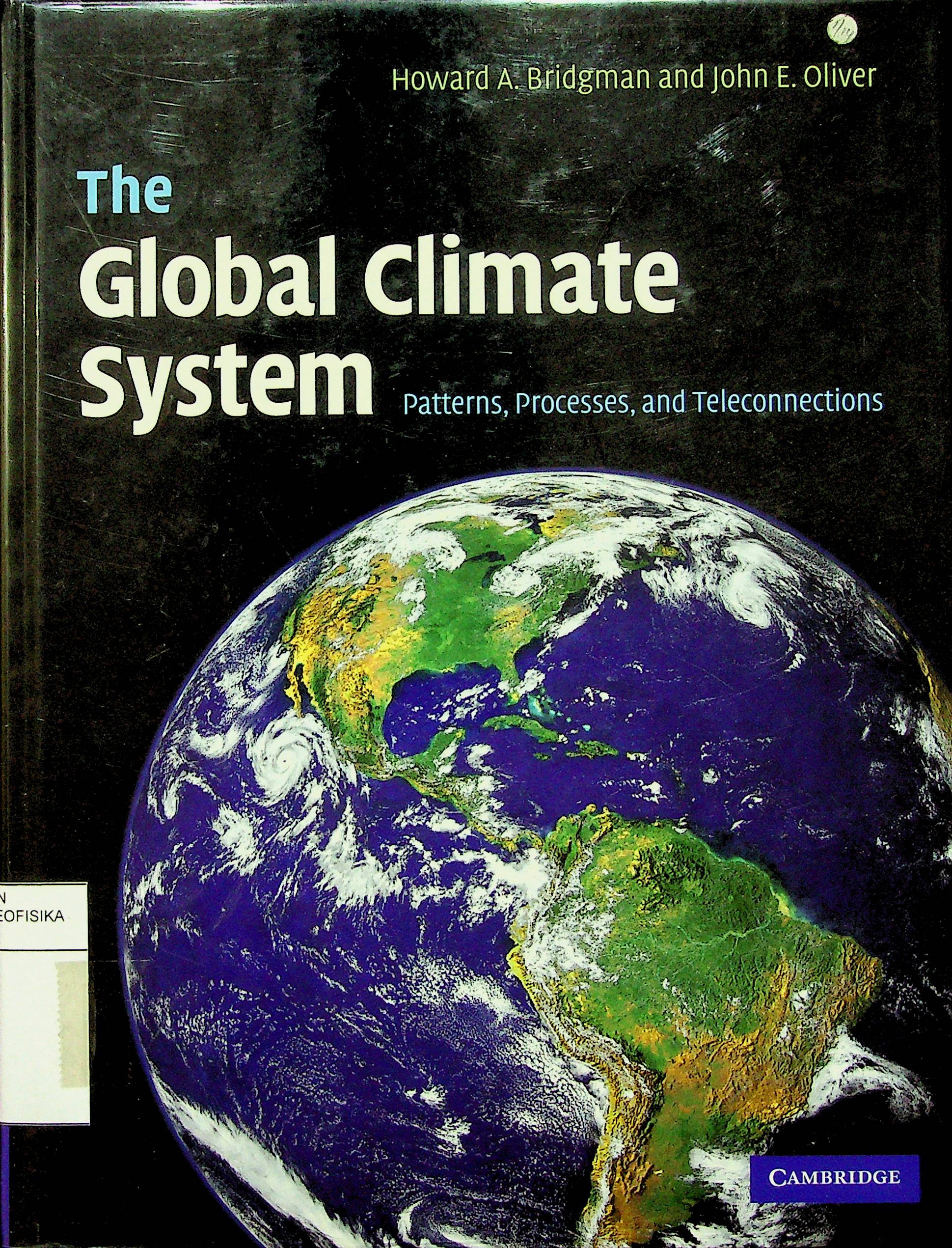As graduate students in the 1960s and 1970s, the authors became attracted to the exciting world of the atmosphere and climatology through both lectures and textbooks. The approach to climatology at that time is best described as “global descriptive,” where we were introduced to climate patterns and regimes across the Earth, and what then were known as the explanations behind them. One of the best books for studying advanced climatology was The Earth's Problem Climates (University of Wisconsin Press, 1966), by Glenn Trewartha, a well- known and respected climatologist from the University of Wisconsin. In this book we explored, both geographically and systematically, the climate patterns and anomalies across the continents. We were introduced to the nature of the Atacama Desert, the climatic anomalies of northeast Brazil, the temperature extremes of central Siberia, and the monsoon variations in India and China, among other aspects. Trewartha’s book was reprinted in 1981, but sadly the new version did not properly include new research and findings on global climate patterns. For example, despite recognition by the mid 1970s of its essential importance to global climatic variability, there was no discussion of the El Nino-Southern Oscillation!During the decades of the 1970s, 1980s, and 1990s, there has been an explosion in climatic research and a new breadth and depth of understanding about clima¬tology and the atmosphere. There have also been a number of excellent books published in the area of climatology. Almost all of these can be grouped into one oftwo categories: (a) introductory to intermediate textbooks, to support teaching, which basically assume little or no background knowledge in climate or atmo¬spheric studies; and (b) detailed books on either a climatic topic or a geographical area, based on extensive summaries of research publications. Examples of the latter include Elsevier’s World Survey ofClimatology series; El Nino: Historical and Palaeoclimatic Aspects of the Southern Oscillation (editors Diaz and Markgraf); Antarctic Meteorology and Climatology (King and Turner); El Nino Southern Oscillation and Climate Variability’ (Allen, Lindesay, and Parker); and Climates of the Southern Continents (editors Hobbs, Lindesay, and Bridgman). There is currently no book that provides a synthesis and overview of this information, filling the gap left by The Earth*s Problem Climates. It is our purpose in The Global Climate System to fill this gap, providing a book that can be used as background to climate research, as well as a text for
5
The Global Climate System
Howard A. Bridgman & John E. Oliver
Penerbit :
© H. Bridgman and J. Oliver
Tahun :
2006
Buku Text
Klimatologi
-
No Scan60
-
No Klasifikasi551.6
-
ISBN-
-
ISSN-
-
No Registrasi008B022015
-
Lokasi Terbit-
-
Jumlah Hal44
-
Label551.6 How g 1
-
Versi DigitalYA
-
Versi FisikYA
-
Lokasi Rak Buku Fisik01/B/12
-
Jumlah Exemplar Fisik Tersedia2






